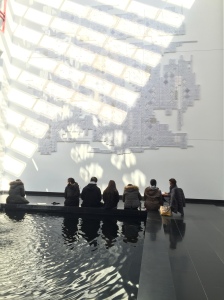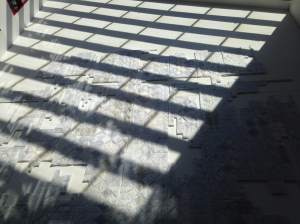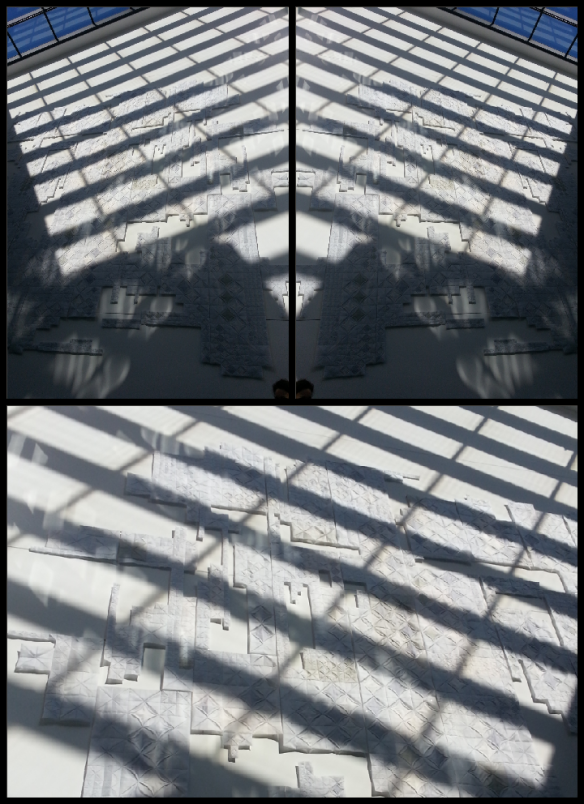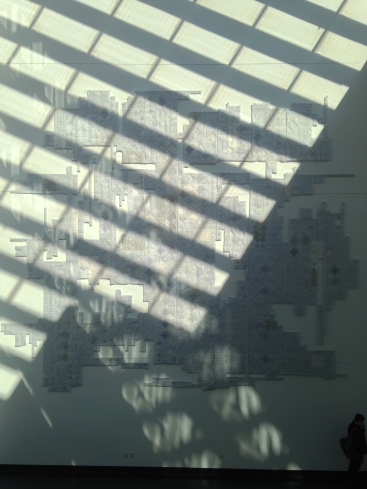As I was glimpsing through essays on the web page of This I believe, Inc., a familiar name popped up from the screen and caught my attention. Pearl S. Buck, author of the novel The Good Earth, wrote about her belief in the goodness of mankind. Buck’s short essay “Roll Away the Stone” has allowed me to establish a better understanding between her fictional writing and her personal belief.
The Good Earth was the first novel I read during high school that pertained to the life in China, where I was born and raised before I moved to the U.S.. The novel depicts the rural life in a Southern Chinese village before World War I. The protagonist is a poor farmer named Wang Lung, who marries a servant named O-Lan from the wealthy landowner’s family. Throughout the novel, O-Lan serves all the duties of a good wife and undergoes all hardships with Wang Lung when he was poor. She farms the land, born sons to Wang Lung, infanticides her daughter to give the remaining family a better chance to survive and begs on the street with her children. In the end, Wang Lung becomes wealthy. He take in a young concubine who taunts O-Lan for her lack of charm as a woman. What goes around comes around, despite Wang Lung eventually becomes a landowner and gains everything he desires, he is condescended by foolish sons who conspire to sell his land, the source of his wealth.
The realism in Buck’s writing is consistent with my knowledge on the history and customs of China in the early 19th century, as well as the first person accounts from my grandparents who were witnesses of famine and war. It has always been intriguing to me; how was a Western woman able to write so perceptibly the experiences she never had?
In her essay “Roll Away the Stone,” Buck talks about her faith in humanity. Like Confucius, Buck believes that people are born good and can never become completely evil despite their circumstances. Although Buck acknowledges that “in the environments of uncertainty, fear, and hunger, the human being is dwarfed and shaped without his being aware of it,” she still believes that there is no need for any other faith other than faith in human beings. Just as the power to spring up is inherent to the plant struggling to grow out from underneath the stone, the faith in the goodness of human beings is inherent to the author. Given that Buck’s parents were missionaries, it is perhaps apparent to see why she held such strong belief.
In many ways, The Good Earth is a projection of Buck’s belief in the benevolence of mankind. The hardworking natures of Wang Lung and O-Lan brought an end to their poverty and hardships in life. Despite the cruelty and uncertainty of life, life always continues until death puts an end to it. The earth is the cradle of life; whatever springs from the earth must go back. To give the title The Good Earth to a novel that ends in bleakness is to give hope to the new lives that would arise after the old ones have perished.
Buck’s doubtlessness in humanity really reached out to me. By building the connection between The Good Earth and “Roll Away the Stone,” I too, would like to believe in what the author wants me to believe. That is the goodness in the world and the possibility of “world food, world health, world education” (Buck). The greatest inspiration in Buck’s work might have come from her single belief in the benevolence of mankind. Certainly, the universality and strength of this belief drew Buck to examine the lives’ of people from all ranks of the society. Thus, allowing her to write about the lives of rural farmer which she witnessed but never experienced. I believe the strength of Buck’s writing lies in the basis of her belief.
I also believe all forms of art leave room for audiences’ imagination. Wonju Seo’s pojagi reminded me of the game Tetris I used to watch my mother play when I was little. The empty spaces between the delicate, white fabric represent the puzzle that can be completed only when all the blank have been filled by different blocks. Mentally, I began to think that some “enlightenment” will be achieved once the entire puzzle is solved inside my head. However, my neck started to sore before that. Recalling one class discuss I had on the colors in envelopes used for various occasions, envelopes in purple, white, and silver are used when there is an funeral. The appearance of this color combination in White Wonderland gives me a sense of solemnity. I greatly enjoyed looking at the squares whose patterns fit flawlessly, creating a harmonious full picture.


Works Cited
Buck, S. Pearl. “Roll Away the Stone.” This I Believe. 22 January 2010. Web. 19 February 2016.
Seo, Wonju. White Wonderland. 2015. Silk, Silver Print. Charles B. Wang Center at Stony Brook University, Stony Brook, NY.









